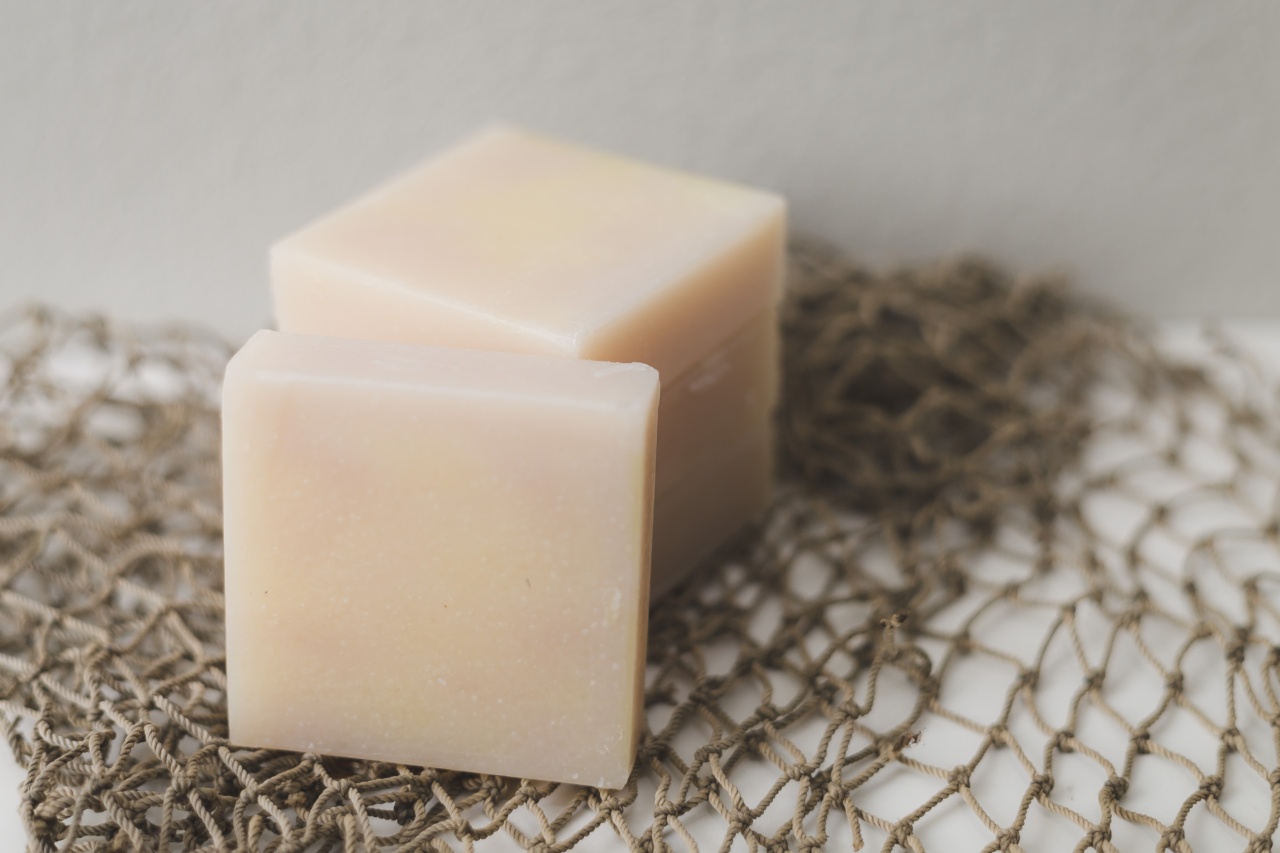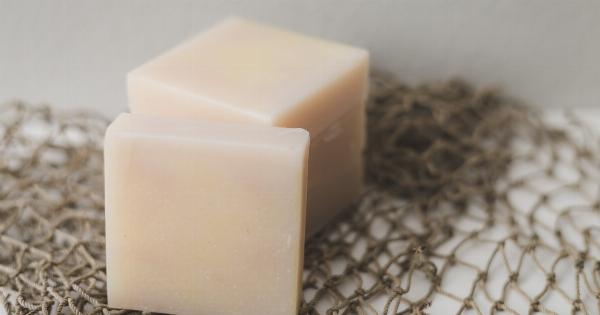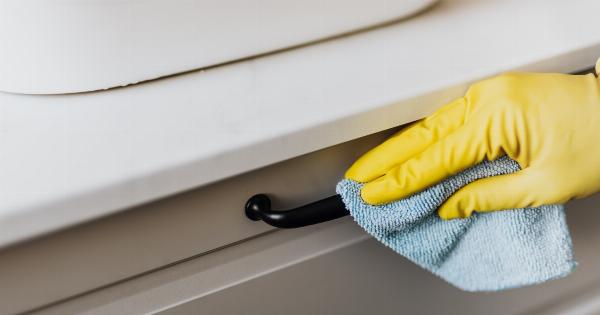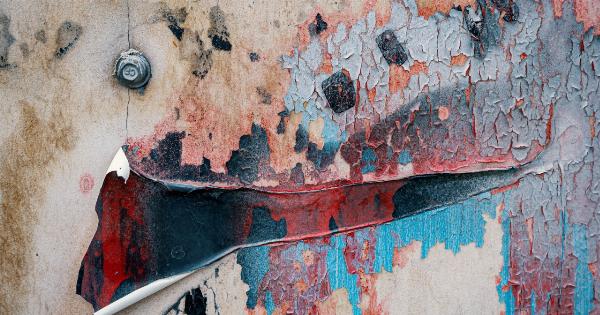Mold is a type of fungus that can grow in damp, humid areas. Some people are allergic to mold, meaning their immune system overreacts when they come in contact with it. The symptoms of a mold allergy can vary from person to person.
However, there are some common signs to watch out for.
What is a Mold Allergy?
A mold allergy is an allergic reaction that occurs when your immune system mistakes mold spores for harmful substances. When you inhale or come in contact with mold spores, your immune system releases histamine to neutralize the perceived threat.
This can cause a range of symptoms, from mild to severe.
Symptoms of a Mold Allergy
The symptoms of a mold allergy can vary depending on the individual and the severity of the allergy. However, some common symptoms include:.
- Sneezing
- Coughing
- Runny or stuffy nose
- Itchy or watery eyes
- Skin rash or hives
- Headache
- Fatigue
In severe cases, a mold allergy can cause more serious symptoms like difficulty breathing, chest tightness, and wheezing. This is rare, but can be life-threatening.
Causes of Mold Allergies
Mold allergies are caused by exposure to mold spores. Mold can grow in damp and humid areas like bathrooms, kitchens, and basements. It can also grow on damp clothing, carpets, and other organic materials.
Mold spores can become airborne and be inhaled or come into contact with skin, causing an allergic reaction.
People with weakened immune systems, respiratory problems, or asthma are more likely to be allergic to mold.
Additionally, people who live in areas with high humidity or damp environments are more likely to be exposed to mold spores and develop allergies.
Diagnosing Mold Allergies
If you suspect that you have a mold allergy, it is important to see a doctor for proper diagnosis. Your doctor can perform skin tests or blood tests to determine if you are allergic to specific types of mold.
It is also a good idea to do a thorough inspection of your home for any signs of mold growth. Mold can often hide in hard-to-see areas like behind walls or under carpets.
If you find mold, it is important to have it removed by a professional to prevent further exposure and allergic reactions.
Preventing Mold Allergies
The best way to prevent mold allergies is to avoid exposure to mold spores. This means keeping your home clean and dry, especially in areas where mold is likely to grow. Here are some tips on how to prevent mold growth in your home:.
- Fix any leaks or water damage in your home
- Use a dehumidifier to keep humidity levels at or below 50%
- Use an air purifier with a HEPA filter to remove mold spores from the air
- Clean and dry any damp or wet areas promptly
- Avoid using carpet in areas that are prone to moisture, like bathrooms and basements
- Use exhaust fans when showering or cooking to reduce moisture in the air
Treating Mold Allergies
If you have a mold allergy, there are several treatment options available to help relieve your symptoms. Antihistamines can help reduce sneezing, itching, and runny nose. Decongestants can help relieve nasal congestion.
Nasal corticosteroids can help reduce inflammation in the nose and reduce symptoms like runny nose and congestion.
If your symptoms are severe, your doctor may prescribe an epinephrine autoinjector, which can provide immediate relief in the case of a severe allergic reaction.
Conclusion
Mold allergies can be uncomfortable and even debilitating in some cases. It is important to recognize the signs and symptoms of a mold allergy so that you can seek proper diagnosis and treatment.
By taking steps to prevent mold growth in your home and avoiding exposure to mold spores, you can reduce your risk of developing mold allergies.































